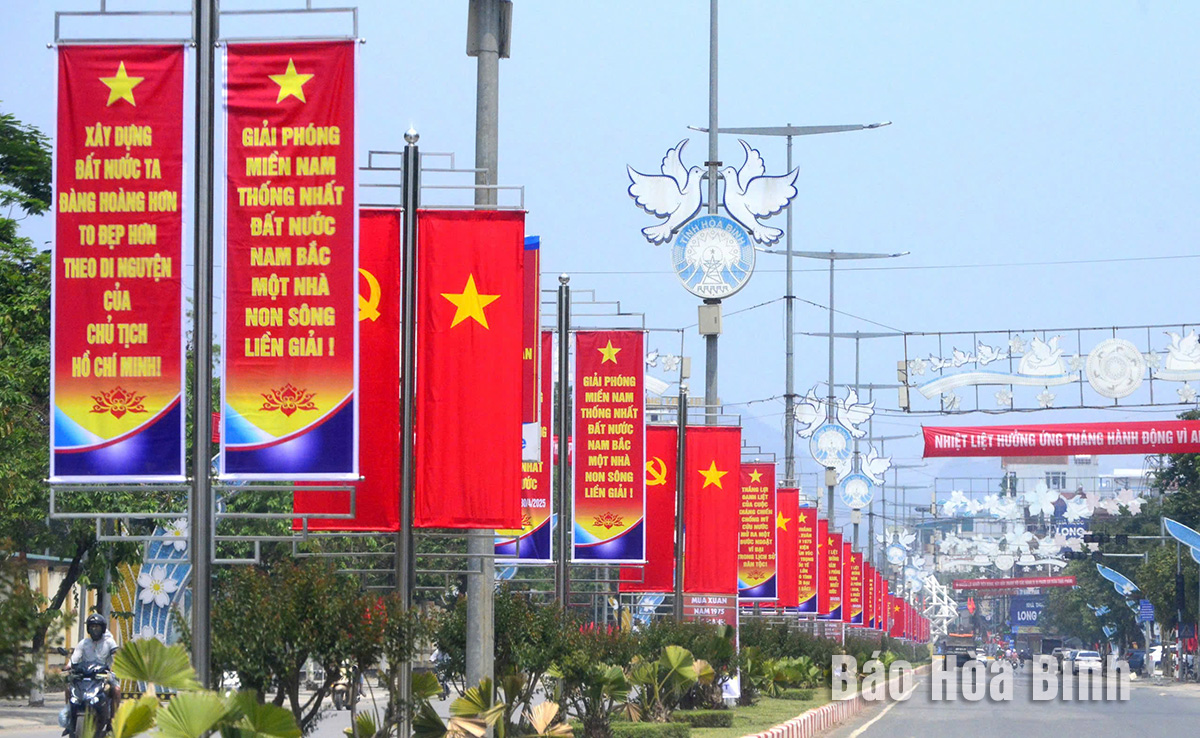



After the planned restructuring of commune-level administrative units, Hoa Binh city is expected to have four wards and one commune. (Photo taken on Chi Lang Street, Hoa Binh city).
Hoa Binh is among the pioneering provinces in implementing Resolution No. 18-NQ/TW of the 12th Party Central Committee on continuing the reform and reorganisation of the political system’s organisational apparatus to make it streamlined, efficient, and effective.
On April 17, the provincial Party Committee reached a consensus on the policy of reorganising and merging commune-level administrative units. Accordingly, 151 commune-level administrative units will be merged into 46 units, including 42 communes and four wards, down 105 communes, wards, and towns, or 69.5% of the total.
Pursuant to Resolution No. 60-NQ/TW dated April 12, 2025, of the Party Central Committee, a draft proposal has been made to merge the three provinces of Phu Tho, Vinh Phuc, and Hoa Binh into a new Phu Tho province. The new province will cover a natural area of 9,437.46 sq.km, with an estimated population of about 3.6 million. Its administrative and political centre will be located in the current city of Viet Tri.
The newly formed province is expected to enjoy favourable conditions for development, including transportation infrastructure connected to the Capital Region and the Northwestern provinces, and a pivotal position as a key transit point between mountainous and lowland areas. Phu Tho has a rapidly growing industrial sector, with an expanding system of industrial zones, urban areas, and large-scale tourism and service facilities, making it one of the major growth poles of the northern midland and mountainous region.
The province also boasts a well-developed system of healthcare, education, sports, and cultural institutions, which are capable of serving not only local residents but also those from neighbouring areas. Its sports and tourism centres provide a strong foundation for comprehensive development. The merger of the three provinces is expected to boost budget revenues, generate employment, and improve living standards. Forming a larger province with a greater economic scale will enhance its position, governance capacity, and competitiveness in attracting investment, technology, and high-quality human resources. This, in turn, will serve as a new driver for comprehensive socio-economic development and help narrow development gaps among regions within the new province.